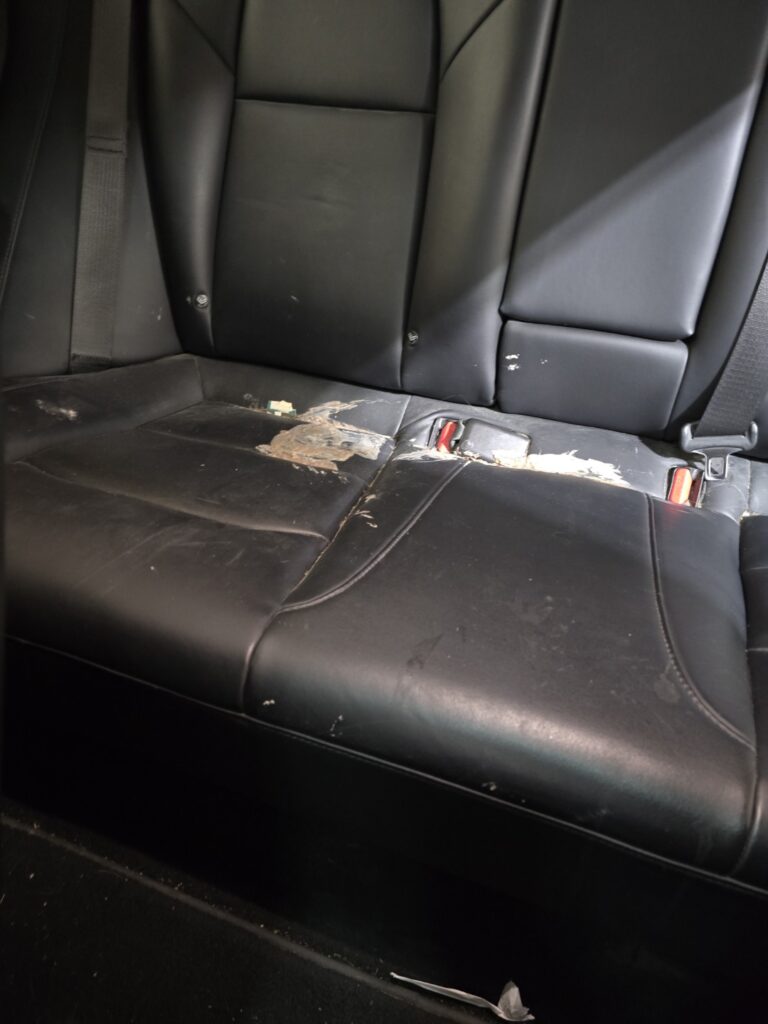
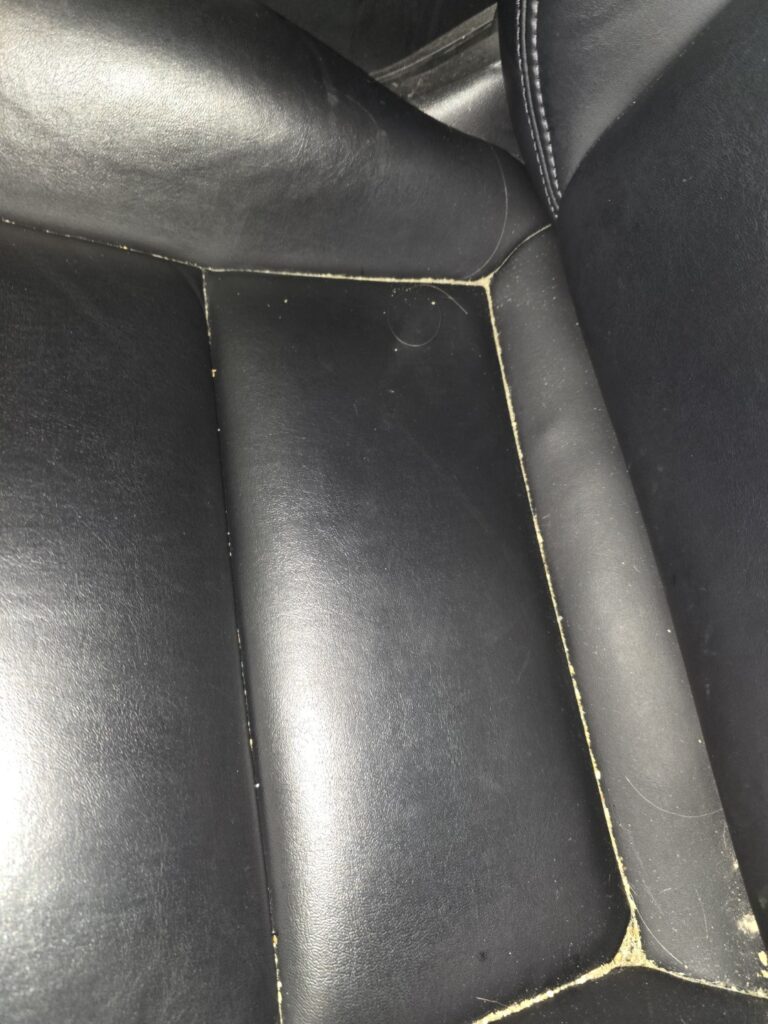
When it comes to maintaining your vehicle, leather seats deserve extra attention. Clean, conditioned, and well-maintained leather not only enhances your car’s interior aesthetics but also increases its value. In this guide, we’ll explore practical and effective leather seat cleaning tips that ensure your seats last for years to come.
Why Proper Leather Seat Maintenance is Essential
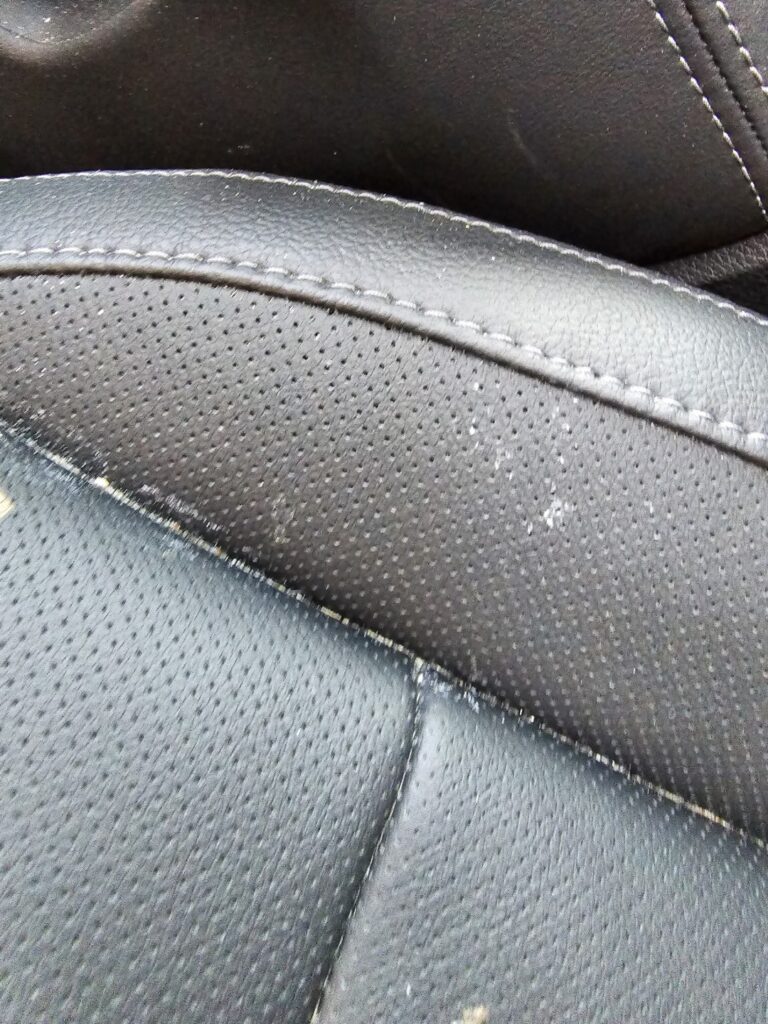
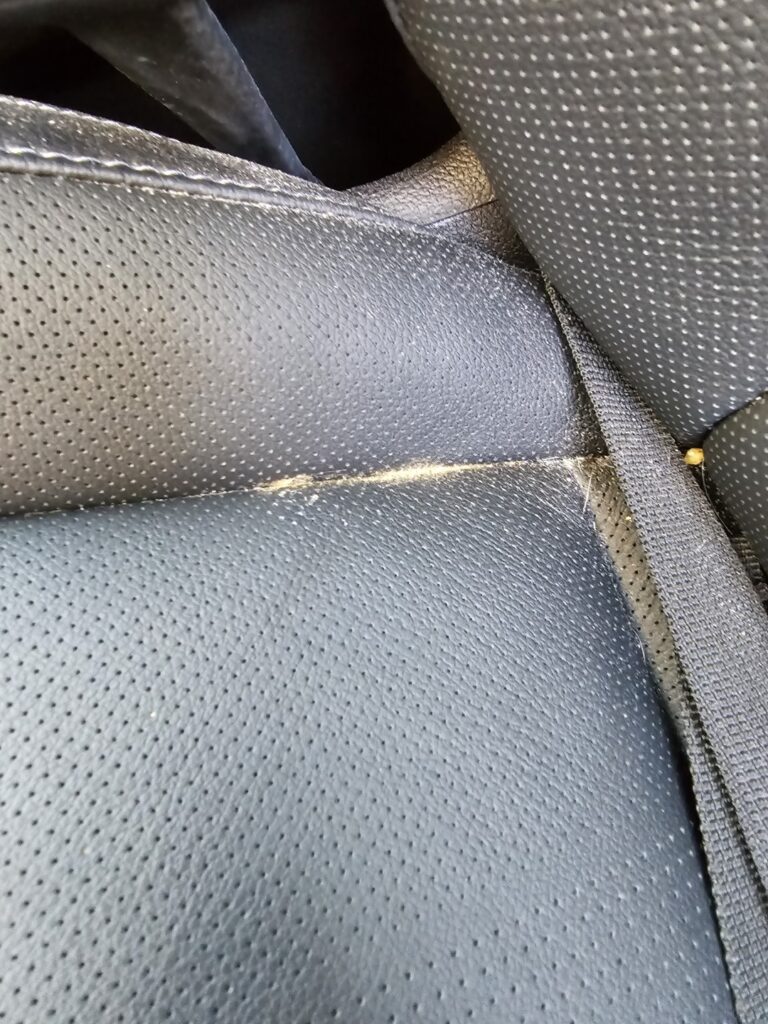
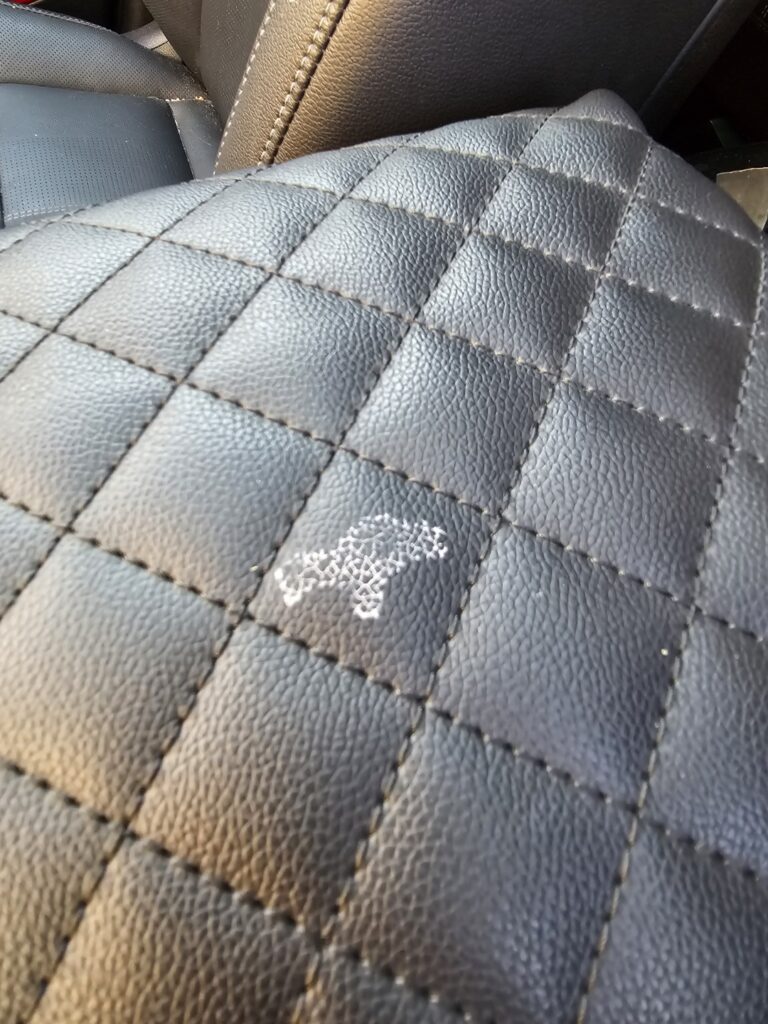
Benefits of Clean Leather Seats
A clean leather seat offers a comfortable, luxurious experience while preventing unpleasant odors and allergens. Regular cleaning maintains the leather’s suppleness, preventing cracks and discoloration over time.
Common Issues with Neglected Leather Seats
Neglected leather seats can develop cracks, stains, and an overall worn-out appearance. Over time, dirt and debris work their way into the pores, damaging the leather’s surface.
Understanding Your Leather Type
Different Types of Leather Used in Seats
Automotive leather comes in various forms, such as full-grain, top-grain, corrected-grain, and synthetic leather (like faux leather or vinyl). Each type requires specific care.
Identifying Your Leather Type
Check your car’s manual or consult the manufacturer to identify the leather type. Proper identification ensures you use the right cleaning methods and products.
Tools and Materials Needed for Cleaning
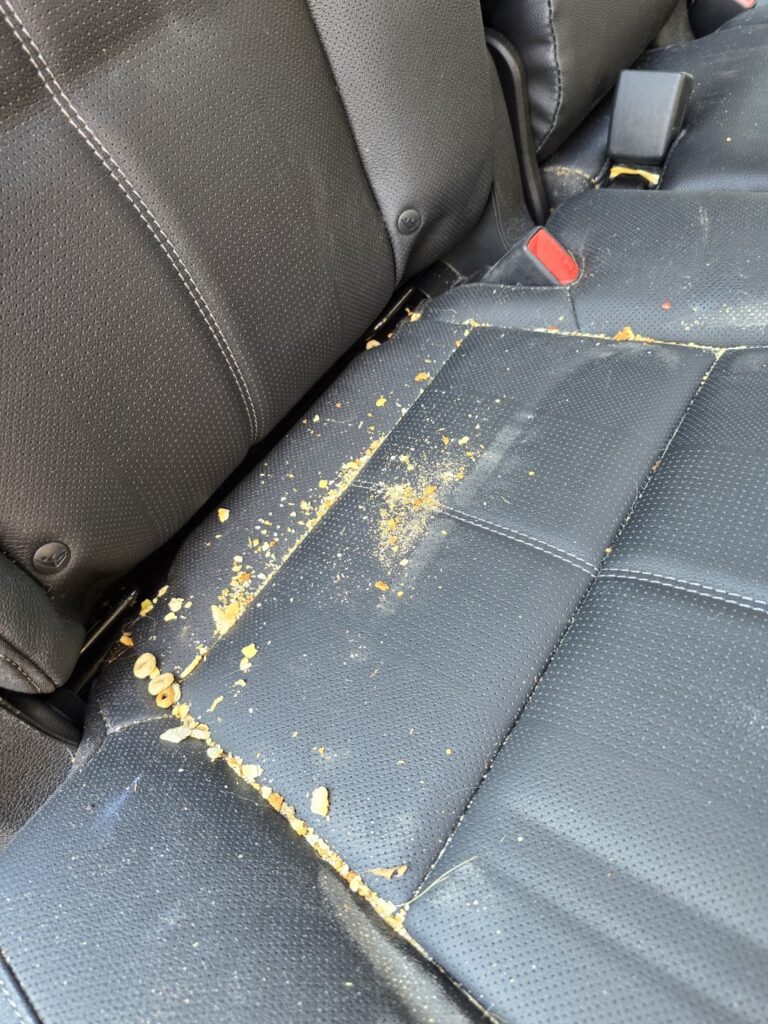
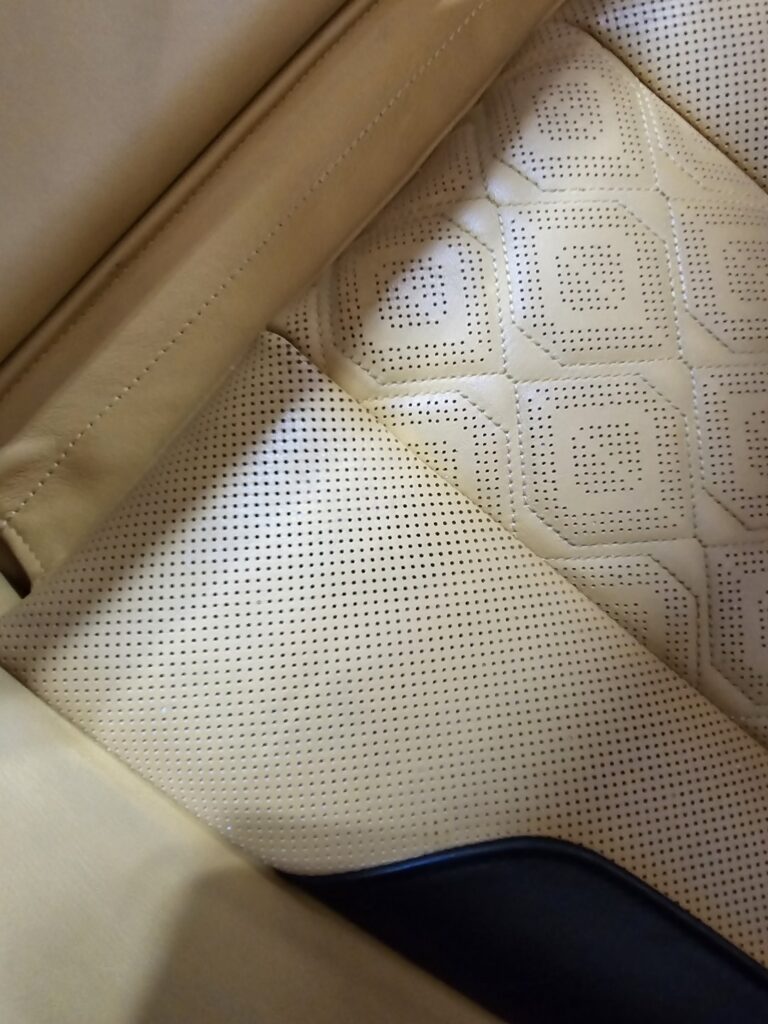

Essential Cleaning Products
- Leather cleaner (pH-balanced and non-toxic)
- Leather conditioner
- Microfiber cloths
Tools for Effective Cleaning
- Soft-bristled brush
- Spray bottle
- Vacuum cleaner with a soft brush attachment
Step-by-Step Guide to Cleaning Leather Seats
Preparing Your Seats for Cleaning
Start by vacuuming the seats to remove loose dirt and debris. Use a soft brush attachment to avoid scratching the leather.
How to Apply Cleaning Products
Spray a small amount of leather cleaner onto a microfiber cloth. Gently rub the cleaner onto the seat in circular motions. Avoid soaking the leather.
The Importance of Rinsing and Drying
Wipe off the cleaner with a damp cloth, ensuring no residue remains. Finish by drying the seat with a clean, dry microfiber cloth.
How to Condition Leather Seats
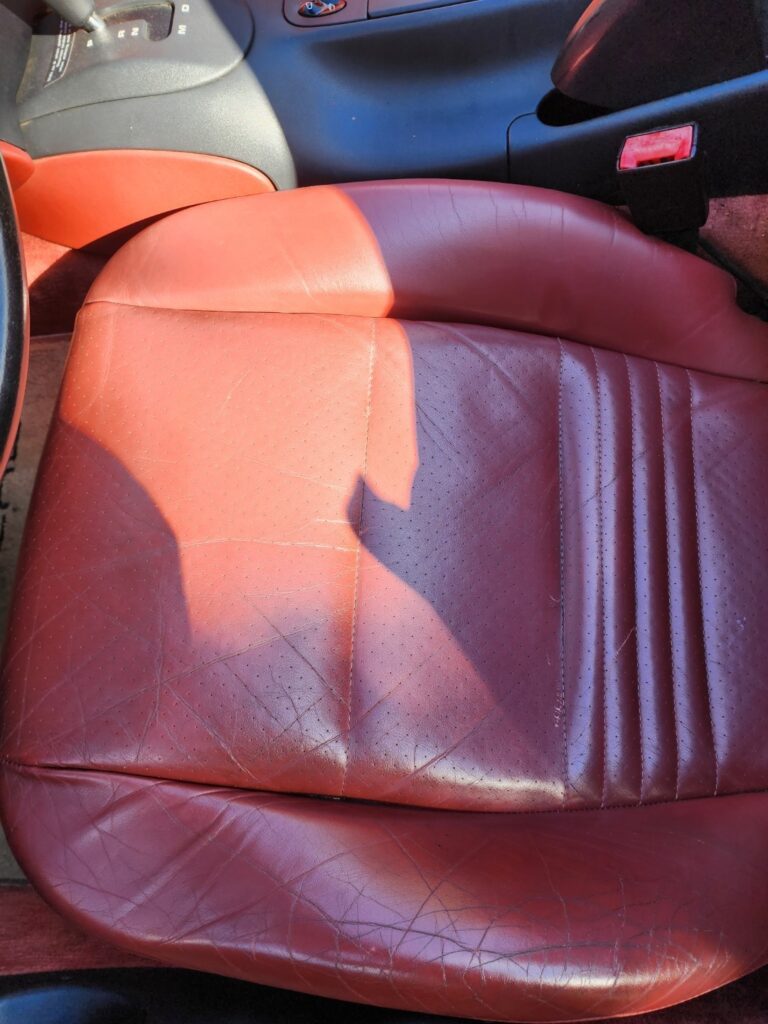
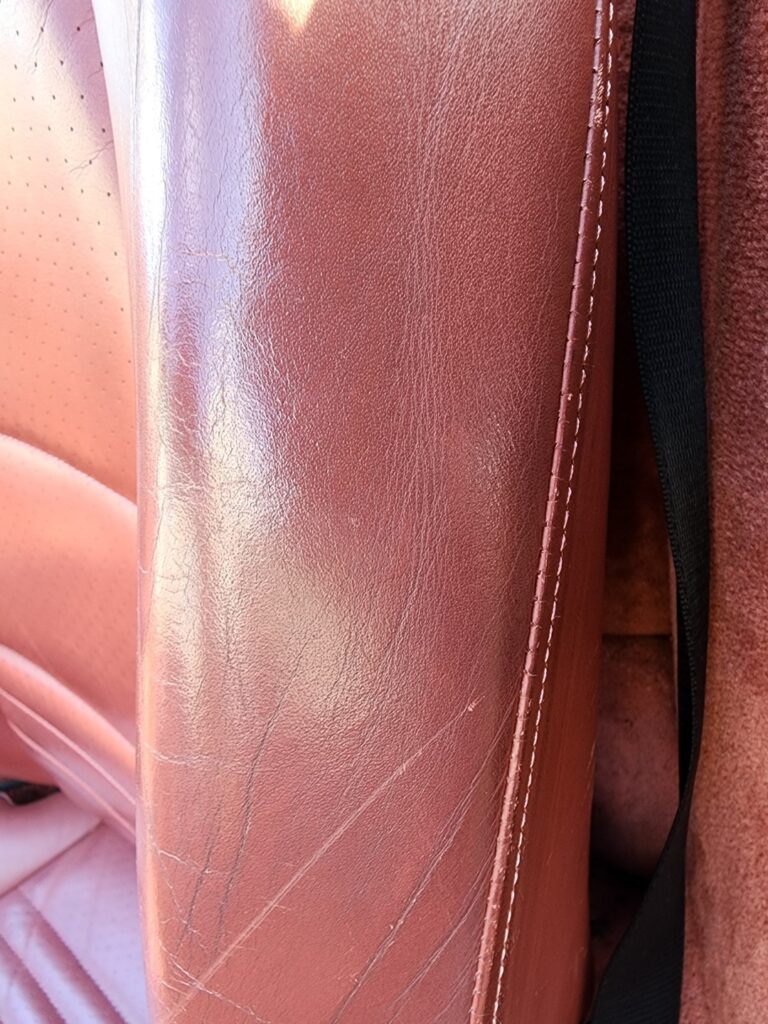
Choosing the Right Leather Conditioner
Select a conditioner free of silicone and wax. These substances can leave a sticky residue.
Steps to Condition Leather Seats
Apply a small amount of conditioner onto a microfiber cloth and rub it into the leather. Allow it to absorb for a few minutes before buffing off the excess with a dry cloth.
Dealing with Stubborn Stains
Removing Ink Stains
Use a cotton swab dipped in rubbing alcohol. Dab gently and avoid spreading the stain further.
Cleaning Grease and Oil Stains
Sprinkle cornstarch or baking soda onto the stain and let it sit for a few hours. Vacuum the powder and clean as usual.
Tips for Protecting Leather Seats from Damage
Avoiding Direct Sunlight
Park in shaded areas or use sunshades to prevent fading and cracking caused by UV rays.
Regular Maintenance Practices
Clean spills immediately, and regularly dust off the seats to avoid buildup.
Common Mistakes to Avoid When Cleaning Leather Seats
Overusing Cleaning Products
Too much cleaner can saturate and weaken the leather.
Using Abrasive Tools
Never use rough brushes or sponges, as they can scratch the leather surface.
How Often Should You Clean Leather Seats?
Daily Care
Wipe seats with a dry cloth to remove dust.
Monthly and Seasonal Maintenance
Deep clean and condition the seats monthly. Apply protective treatments seasonally.
DIY Cleaning vs. Professional Services
Pros and Cons of DIY Cleaning
DIY cleaning is cost-effective but requires time and effort.
When to Hire a Professional
Hire professionals for deeply embedded stains or when the leather starts showing signs of damage.
Eco-Friendly Alternatives for Cleaning Leather
Natural Cleaning Solutions
Mix vinegar and water (1:1 ratio) for a simple and effective cleaner. Always spot-test first.
Sustainable Leather Care Practices
Choose biodegradable and eco-friendly products to reduce environmental impact.
Myths About Leather Seat Cleaning
Debunking Popular Misconceptions
Contrary to popular belief, household cleaners like bleach or ammonia should never be used on leather.
Understanding What Really Works
Stick to products specifically designed for automotive leather.
Maintaining Leather Seats in Different Climates
Caring for Leather in Hot Climates
Use leather conditioners with UV protection to prevent cracking and fading.
Protecting Leather in Cold and Humid Conditions
Keep the interior dry and use dehumidifiers to avoid mold growth.
Signs Your Leather Seats Need Replacement
Recognizing Wear and Tear
Cracks that penetrate deep into the leather or large discolored patches are signs of irreparable damage.
Knowing When to Replace vs. Repair
If the cost of repairs exceeds replacement, consider installing new leather seats.
Conclusion and Final Tips
Caring for leather seats is an investment in your car’s overall value and your driving experience. With the right tools, products, and techniques, you can keep your leather seats looking brand new for years. Don’t skip regular cleaning and conditioning—it’s worth the effort!
FAQs
1. How do I prevent leather seats from cracking?
Regular cleaning, conditioning, and avoiding direct sunlight are key to preventing cracks.
2. Can I use olive oil to condition leather seats?
It’s not recommended, as it can leave a sticky residue and attract dirt.
3. How often should I condition leather seats?
Condition your seats every 2-3 months for optimal results.
4. What’s the best way to remove water stains from leather?
Gently blot with a damp cloth and apply a leather cleaner designed for water stains.
5. Is it safe to use baby wipes on leather seats?
No, baby wipes can contain chemicals that dry out and damage leather.
